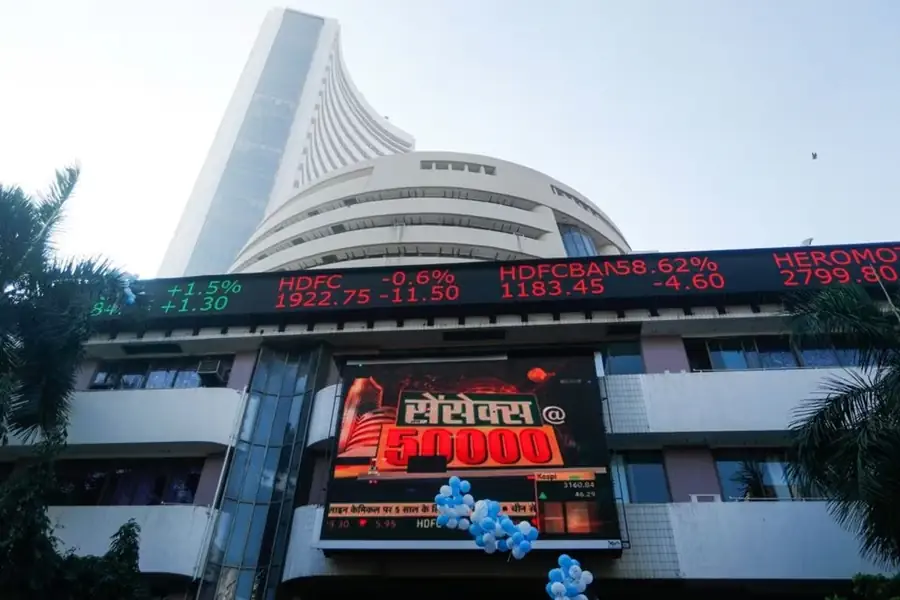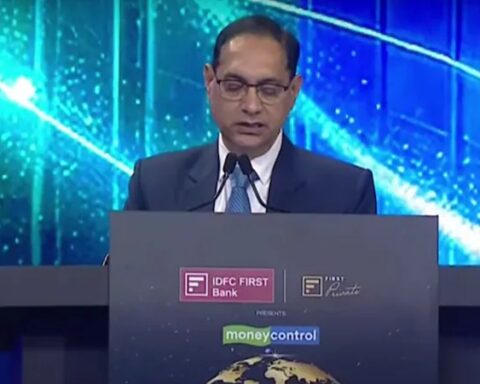This was further aggravated by the recent stock market crash on June 4 and has sparked off a lot of debate and hence there is a call by the enforcement directorate for investigation. The most prominent figure demanding a special investigation has been the former IAS officer Dr. Rajesh Sharma who has been demanding that a detailed investigation should be carried out so as to establish what led to the market to crash within a short span.
In light of the above breakdown explanation the potential consequences this crash may have on the financial indicators and investors’ confidence in the Indian economy are vast; therefore, this study is fundamental in shedding light on the root causes and possible solutions to such occurrences.
Explaining the factors for the June 4 stock market crash
This paper will examine the occurrence of stock market crash that happened in India on June 4, which left the financial circles shocked. Large indices fared worse dropping billions of dollars in market capitalization in the space of a few hours. It involved a huge waves of selling ranging from banking, technology and consumer goods and resulted in a deep drop of stock prices.
Factors & Reasons for the Market Crash
The following are considered to be some of the causes of the June 4 accident: According to the experts, fluctuations both in international economy and change of the course of the internal policy, as well as market expectations, are behind the trend.
Many central banks’ actions expected to alter interest rates besides inflation and slow growth only served to amplify the existing risks that marked this period as significantly more volatile.
Global Economic Uncertainties
Globalization and international business environment have experienced a lot of volatile challenges including trade war, political instability and volatile commodities prices and so on. These factors have therefore jointly till the present risk aversion among investors hence a high market volatility.
Domestic Policy Changes
At domestic sphere too, various policy effects and policy changes have also brought in policy shifts affecting the markets. New taxation measures, increased and new regulatory focus on specific industries, and latest brought amendments in Foreign Investment have also acted as a new influencing factor in making investment decisions influencing investor’s confidence.
Market speculation and investor behavior
This is through speculative trading and man made investor behavior which has further propelled the change in movement in the market brought about by these uncertainties. The high amount of trading that occurred on June 4 means that there was a very high level of panic selling that was based on the fear that was prevalent in the market among the various investors.
Such behaviour is often attributed to computer-driven trading and automated trading strategies such as high frequency trading, which may lead to rapid sell-offs due to specific market cues.
Call for an ED Investigation
Former IAS officer Dr. Rajesh Sharma’s urge to summon the ED to investigate the occurrence that happened on June 4, requires people to open their eyes especially concerning this particular anomalous market. An ED probe would seek to extract all the possible signs of abuse in the market that led to the crash such as market manipulation, insider trading among others.
Objectives of the Investigation
The primary objectives of the ED investigation would include:The primary objectives of the ED investigation would include:
- Identifying Irregularities: Monitoring their trading activities and movements to see whether there are any signs of manuevering that could possibly be an indication of market manipulation.
- Ensuring Accountability: People responsible for such malpractice that has led to this crash in the stock market must be forced to take responsibility for their actions.
- Restoring Investor Confidence: In our case, the management must give a clear and understandable report to the public explaining what led to the crash so that the investors and other stakeholders can regain confidence again.
Potential Outcomes
The decisions made by the ED have serious and vast potentialities for directions of liberalizing market control and for investor protection policies in India. Measures that may be considered from the findings of the investigation might include: increasing compliance initiatives that require amendment of existing regulations, strengthening of existing markets, and promoting ethical trading policies.
Effect on Shareholders it’s Trust and Company Stability
The recent global share market decline known as black Tuesday, June 4 is causing people to question the stability of Indian financial market and investment. The current markets evidenced significant decay; not only financially, it exposed several deficiency areas of the market that require more attention.
Financial Stability
Prudential regulation entails both regulation and responsive policy in lecturing and averting risk factors that can jeopardise financial stability. The inquiry under ED is necessity to establish the causes that that precipitated the crash in market and increase the stability of the financial system.
Investor Confidence
This position means that regaining confidence of the investors is one of the most critical tasks to enable growth of the capital markets. Investors have to be convinced to come back, transparency of investigation as well as actions that will be administrated to curb the already identified problems much can be done to rally investors to come back. Moreover, prolonging the continuity of unpredictive and irrational measures and creating a pervasive and predictable regulatory climate are crucial for enhancing the investors confidence in the future.
In conclusion, the June 4 stock market crash has underscored the critical need for comprehensive investigations and robust regulatory measures to safeguard the financial markets. The call for an ED probe by former IAS officer Dr. Rajesh Sharma highlights the importance of transparency and accountability in addressing market anomalies.
By understanding the root causes and implementing effective solutions, India can enhance financial stability and restore investor confidence, ensuring a resilient and thriving capital market.
This report is adapted from an article by the Press Trust of India.





